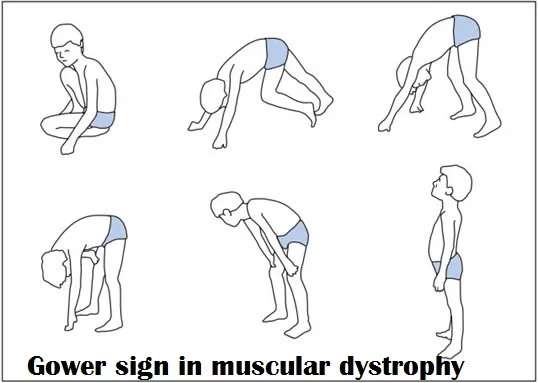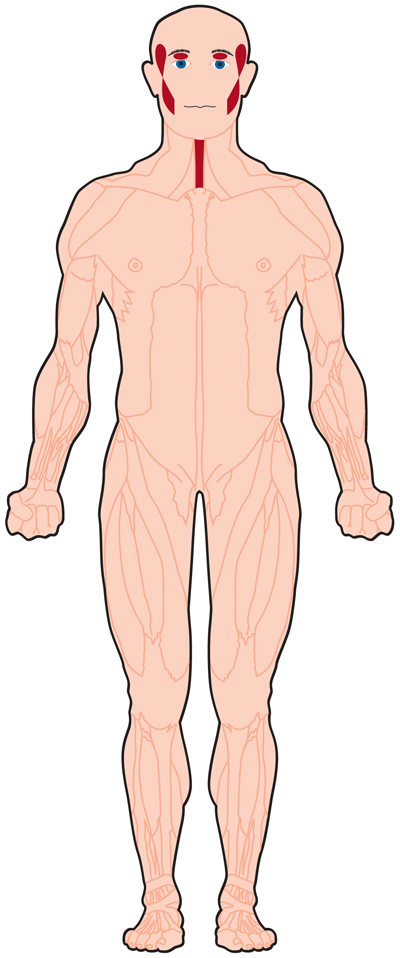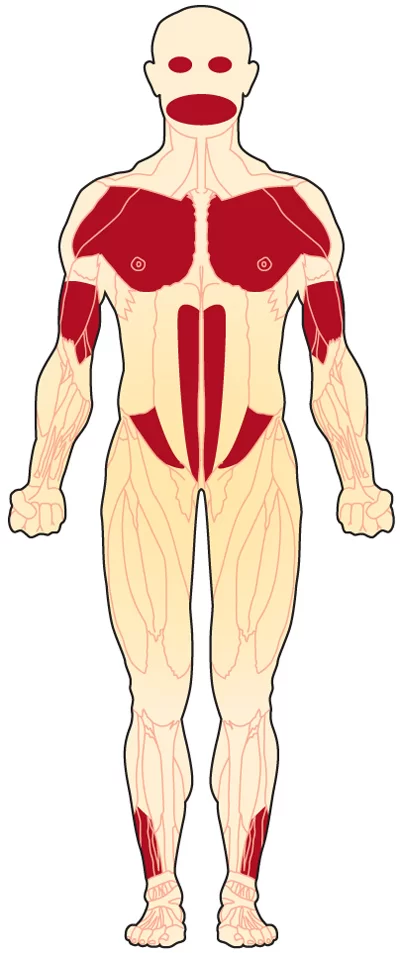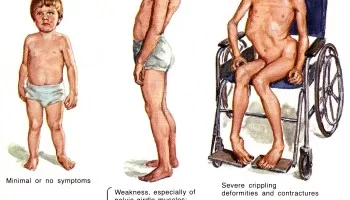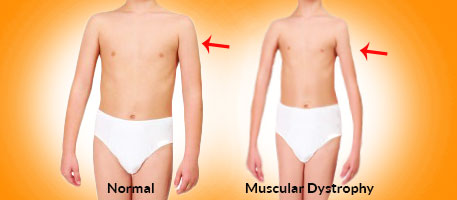Shin Splint
What is a Shin Splint? Shin splints, or medically termed medial tibial stress syndrome, refer to the pain along the inner side of the tibia the prominent bone in the lower front leg. This condition involves inflammation of the muscles, tendons, and bone tissue surrounding the tibia, often manifesting between the lower leg and ankle….


